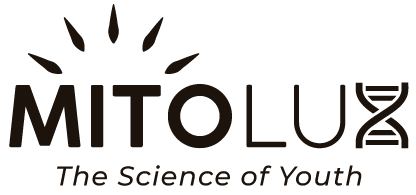1. Ancient Egypt: The Solar Panacea
In the lands of the Pharaohs, sun rays were believed to be the tears of Ra, the sun god. Sunbathing was practiced for vitality and rejuvenation, and the sun's rays were employed to treat vitiligo and other skin disorders. [Magic and Medical Science in Ancient Egypt by Paul Ghalioungui]
2. Ancient Greece: Heliotherapy's Heartland
Hippocrates, the father of medicine, endorsed the therapeutic benefits of sunbathing, or heliotherapy. The sun was used to alleviate arthritis and improve general wellbeing. [Hippocratic Writings translated by J. Chadwick and W. N. Mann]
3. Ancient Rome: Sunlit Spas and Sanatoriums
Roman spas, renowned for their luxurious baths, integrated solariums — areas deliberately designed to catch and concentrate sunlight. Romans sought the sun's warmth to ease muscle pain and enhance skin complexion. [Medicine and Health in Ancient Rome by Patricia A. Baker]
Medieval Musings: Sunlight in Spiritual and Medical Contexts
1. Europe: Monastic Medicine and Sunlight
Monastic gardens, designed by European monks, were often oriented to maximize sunlight. Sun exposure was believed to balance the humors and ward off plagues. [Medieval Herbal Remedies: The Old English Herbarium and Anglo-Saxon Medicine by Anne Van Arsdall]
2. India: Sun Salutations in Ayurveda
In Ayurveda, the ancient Indian system of medicine, sun salutations are more than a physical exercise. They invite the sun's energy to enhance one's prana or life force, believed to aid digestion and bolster immunity. [Ayurveda: The Science of Self-Healing by Dr. Vasant Lad]
Modern Marvels: Sunlight's Scientifically Sanctioned Sojourn
1. The Discovery of Vitamin D and Rickets
In the early 20th century, rickets, a disease causing weak or soft bones, plagued many. The curative connection between sunlight and rickets was a medical breakthrough, emphasizing the importance of Vitamin D synthesis through sun exposure. [Vitamin D: The Calcium Homeostatic Steroid Hormone by Anthony Norman]
2. Sunlight and Tuberculosis
Before antibiotics, sunlight therapy or heliotherapy was a prevalent treatment for tuberculosis. Dr. Auguste Rollier, a Swiss physician, was a strong proponent, establishing sunlit sanatoriums in the Alps. [The Sunlight Cure by Richard Hobday]
3. Mental Well-being and Seasonal Affective Disorder (SAD)
Modern research underscores the significance of sunlight in regulating mood. Adequate sun exposure is crucial for those combating Seasonal Affective Disorder, a type of depression related to changes in seasons. [Winter Blues: Everything You Need to Know to Beat Seasonal Affective Disorder by Norman E. Rosenthal]
Folklore and Fables: Sunlit Stories from the World Over
From the Sami shamans of the Arctic using the sun in rituals to rejuvenate the soul, to African legends where sunlight was a panacea for sorrow, the sun's healing narratives are as diverse as they are universal. [The Healing Sun: Sunlight and Health in the 21st Century by Richard Hobday]
Conclusion: The Eternal Embrace of Sunlit Soothing
The sun's journey as a healer is not just historical; it is deeply personal. Every sunbeam that kisses our skin tells tales of ancient rituals, medical milestones, and folklore fantasies. The narratives of sunlit therapies invite us to bask not only in the sun's physical glow but also in the rich tapestry of traditions that celebrate its healing prowess. The next time you step out, letting the sunlight dapple your skin, remember: you're not just absorbing rays; you're embracing millennia of therapeutic traditions, understanding, and reverence. A dance with the sun, it seems, is a dance with life itself.


